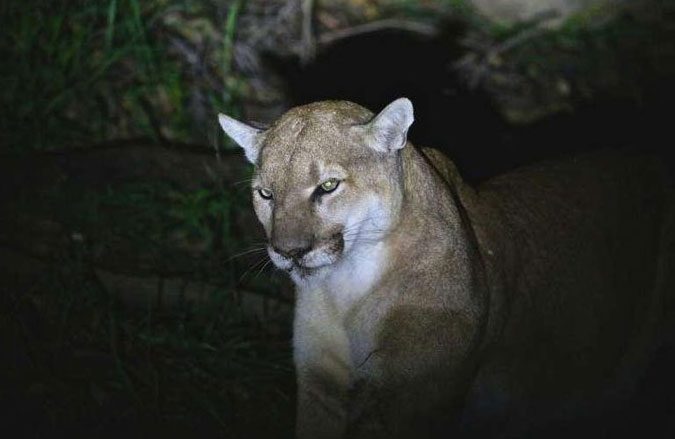Mountain Lions Protected from Hunting in California (USA) Under a Law Passed in 1990.
However, researchers have found that the mortality rate in mountain lions is primarily due to conflicts with humans over livestock and vehicle collisions. This finding was published on March 20 in the Proceedings of the National Academy of Sciences.

Mountain lions face a higher risk of human-related mortality when they are near developed rural areas.
Most studies on mountain lions have been conducted on a relatively small scale. This limits the understanding of human-caused mortality across the vast areas where mountain lions are found.
To address this issue, scientists from various universities, government agencies, and private organizations collaborated to gain a better understanding of human-caused deaths of mountain lions throughout the state of California.
The team monitored nearly 600 mountain lions in 23 different study areas, ranging from the Sierra Nevada mountains, Northern Redwood forests, Northern San Francisco, Los Angeles, and several other locations.
John Benson, an Associate Professor at the University of Nebraska-Lincoln and the lead author of the study, stated: “Researchers need to collaborate across large geographic areas to better understand the processes and numbers of mountain lions.”
Benson and his colleagues discovered that mountain lions are at a higher risk of human-related mortality when they are close to developed rural areas. Additionally, mountain lions are less likely to die in areas with higher voter support for environmental protection initiatives.
“Ecologists believe that human tolerance is crucial for the conservation of large carnivores. However, data on tolerance is rarely included in the models we use to understand mortality risk,” researcher Benson added.
Meanwhile, Dr. Kyle Dougherty, one of the study’s authors, shared: “Young male mountain lions often move and reproduce far from where they were born. They play a key role in maintaining genetic diversity among populations.”
According to the scientists, the new research on the life and mortality risks of mountain lions in California paves the way for a better understanding of this species.
Justin Dellinger, a biologist at the University of California-Davis and a co-author of the new study, said: “We tend to focus on the survival of adult females because they have a strong influence on the growth or decline of each population.”




















































